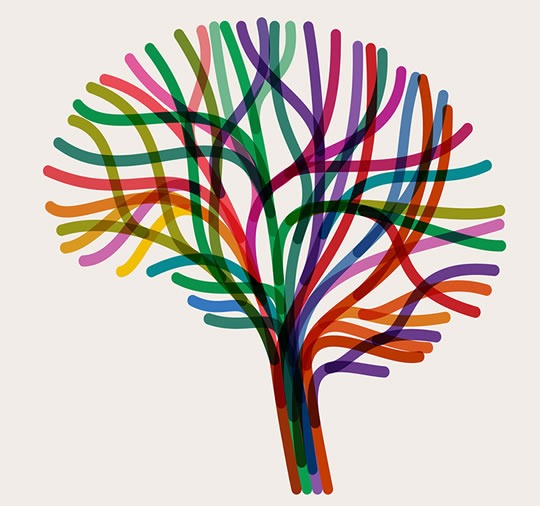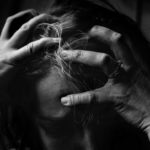
Brain scans of four different types of depression could aid in the diagnosis and treatment of the condition.
Four types of depression have been newly identified by researchers using brain scans.
The brain scans revealed distinctly different types of brain activity in each sub-type.
The finding may eventually lead to treatments targeted to the particular sub-type of depression.
Dr. Conor Liston, who led the research, said:
“The four subtypes of depression that we discovered vary in terms of their clinical symptoms but, more importantly, they differ in their responses to treatment.
We can now predict with high accuracy whether or not a patient will respond to transcranial magnetic stimulation therapy, which is significant because it takes five weeks to know if this type of treatment works.”
The four different types of depression they identified are:
- Biotype 1 is characterised by anxiety, insomnia, and fatigue.
- Biotype 2 is characterised by exhaustion and low energy.
- Biotype 3 is characterised by an inability to feel pleasure as well as slowed movements and speech.
- Biotype 4 is characterised mostly by anxiety with insomnia along with the inability to feel pleasure.
They are called ‘biotypes’ because of the biological means (brain scans) used to identify them.
Previously, symptoms have been used to identify different types of depression.
But this can produce unsatisfying answers.
It is hoped that a biological approach will help to provide some extra precision for diagnosis and treatment.
Dr Liston said:
“Depression is typically diagnosed based on things that we are experiencing, but as in election polling, the results you get depend a lot on the way you ask the question.
Brain scans are objective.”
The conclusions come from a study of over 1,100 fMRI brain scans of people with depression, compared with healthy controls.
Researchers at seven different institutions worked to identify the abnormal patterns of connectivity in the brains and how they were linked to depressive symptoms.
They found the patterns clustered together.
For example, one group had reduced connectivity in the part of the brain that is important for fear-related behaviour.
This was most often seen in sub-types 1 and 4, both of which are characterised by high levels of anxiety.
Dr Liston concluded:
“Subtyping is a major problem in psychiatry.
It’s not just an issue for depression, and it would be really valuable to have objective biological tests that can help diagnose subtypes of other mental illnesses, such as psychotic disorders, autism and substance abuse syndromes.”
The study was published in the journal Nature Medicine (Drysdale et al., 2016).










